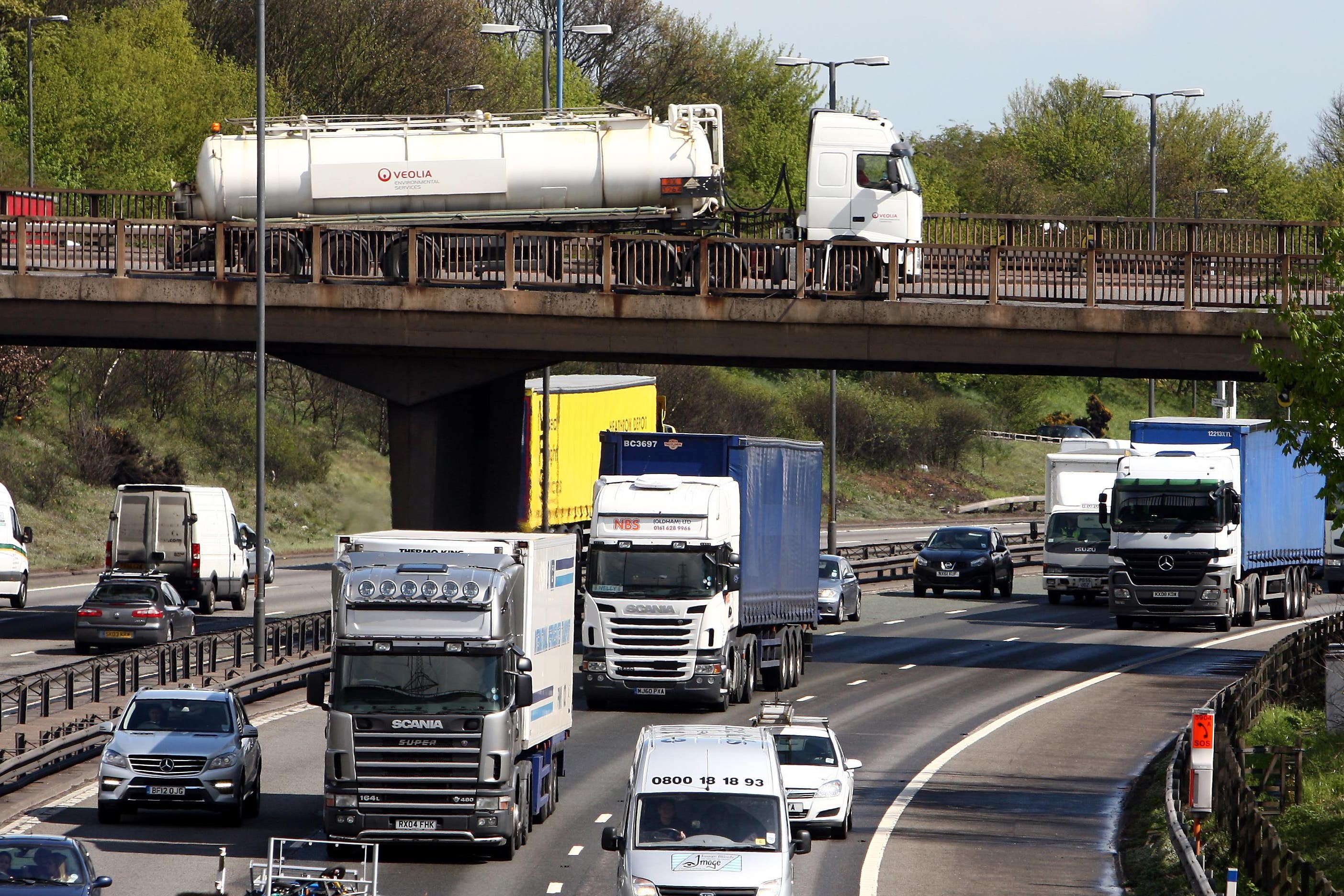One in five workers in Midlands employed in highest-emitting industries – ONS
The industries accounted for 82% of the total greenhouse gas emissions across the UK in 2021, the ONS said.

Your support helps us to tell the story
From reproductive rights to climate change to Big Tech, The Independent is on the ground when the story is developing. Whether it's investigating the financials of Elon Musk's pro-Trump PAC or producing our latest documentary, 'The A Word', which shines a light on the American women fighting for reproductive rights, we know how important it is to parse out the facts from the messaging.
At such a critical moment in US history, we need reporters on the ground. Your donation allows us to keep sending journalists to speak to both sides of the story.
The Independent is trusted by Americans across the entire political spectrum. And unlike many other quality news outlets, we choose not to lock Americans out of our reporting and analysis with paywalls. We believe quality journalism should be available to everyone, paid for by those who can afford it.
Your support makes all the difference.Around one in five workers living in the East and West Midlands were employed in the UK’s highest-emitting industries in 2021, according to the Office for National Statistics (ONS).
The analysis of 2021 census data for England and Wales revealed that 19% of those living in these two regions were working in these sectors.
The five broad industry groups defined as high-emitting include electricity and gas, manufacturing, transportation and storage, agriculture, forestry and fishing, and water and waste management.
The industries accounted for 82% of the total greenhouse gas emissions across the UK, excluding those from households, in 2021, the ONS said.
It marks the first time the organisation has carried out detailed analysis for employment in these sectors, which accounted for 16% (around one in every six) of all UK employees in 2021.
People in London and the south east of England were the least likely to be employed in these industries with only 8% – less than half the proportion of those in the Midlands.
The ONS said those employed in high-emissions industries are generally more likely to be affected by the Government’s target to transition to net zero greenhouse gas emissions by 2050.
At local authority area level, Copeland in Cumbria had the highest percentage of people employed in high-emissions industries, at 31%.
This was mostly driven by the high proportion of people in the area who were employed in the “water supply; sewerage, waste management and remediation activities” industry.
South Holland in Lincolnshire had the next highest, at 28%, with a relatively high percentage of its workforce employed in both the manufacturing, and the agriculture, forestry and fishing industries, compared to other areas.
Meanwhile, the 18 local authority areas with the lowest percentages of workers employed in high-emissions industries were all in London.
Elsewhere, workers were more likely to be older across these sectors, with around 39% aged 50 years and over, compared with 33% across all industries.
They were also found to be dominated by men, who made up 74% of employees, compared to 52% across the whole workforce.
The data show that a higher proportion of people across England and Wales who were employed in high-emissions industries had no formal qualifications (14%), compared with people across all industries (9%).